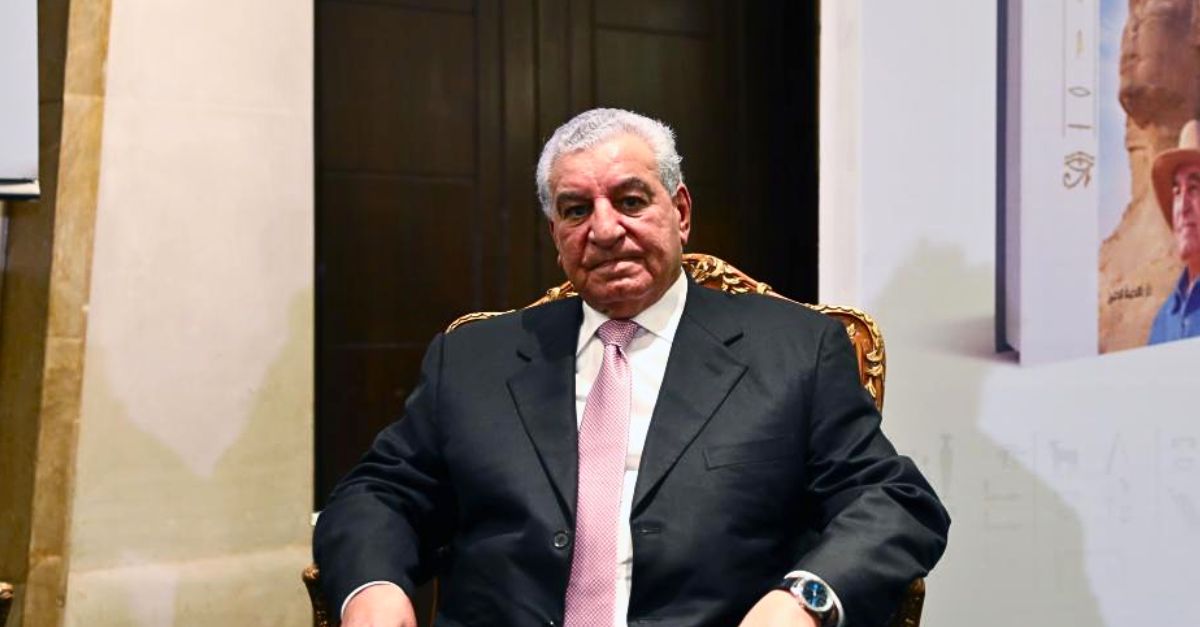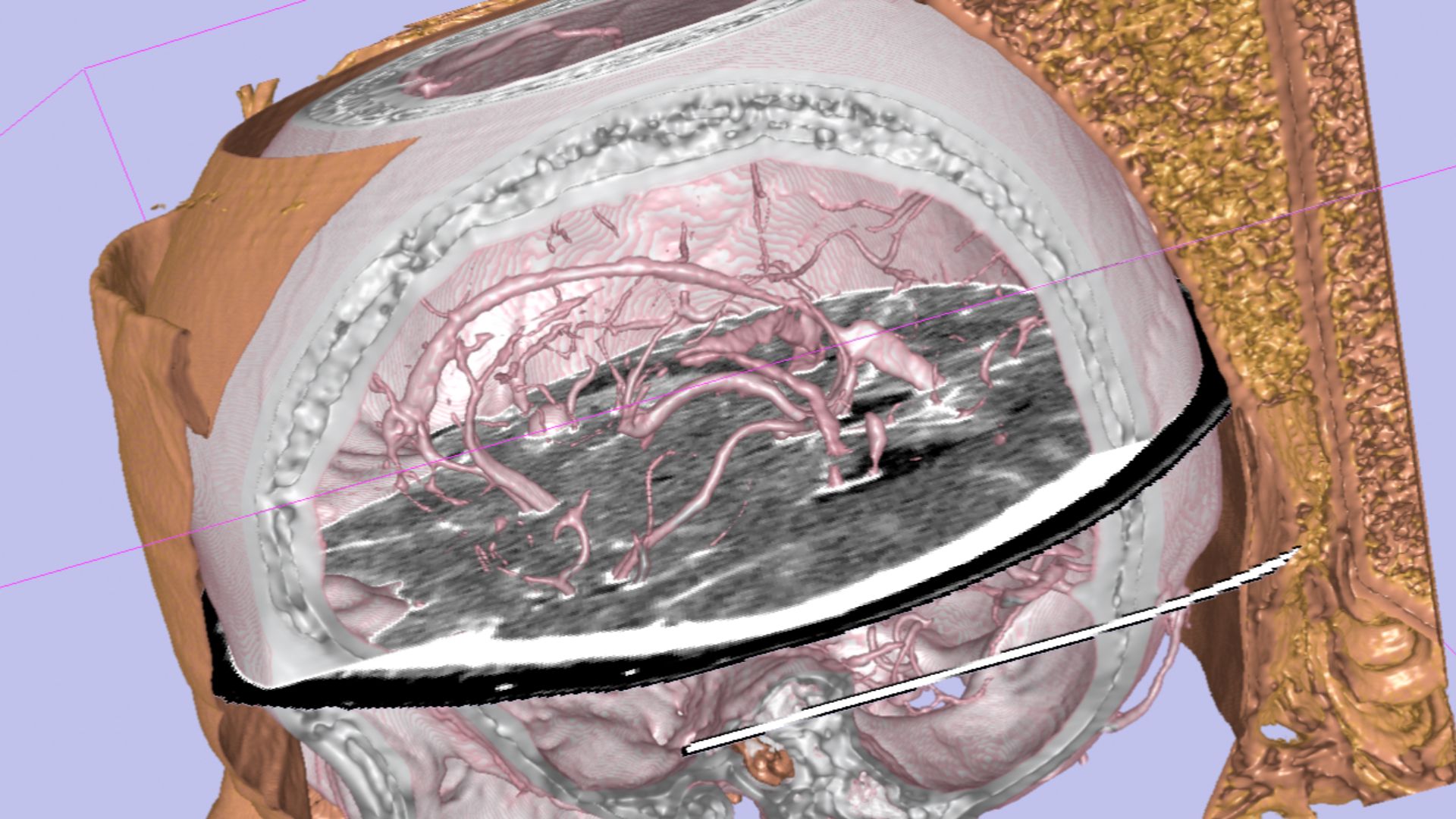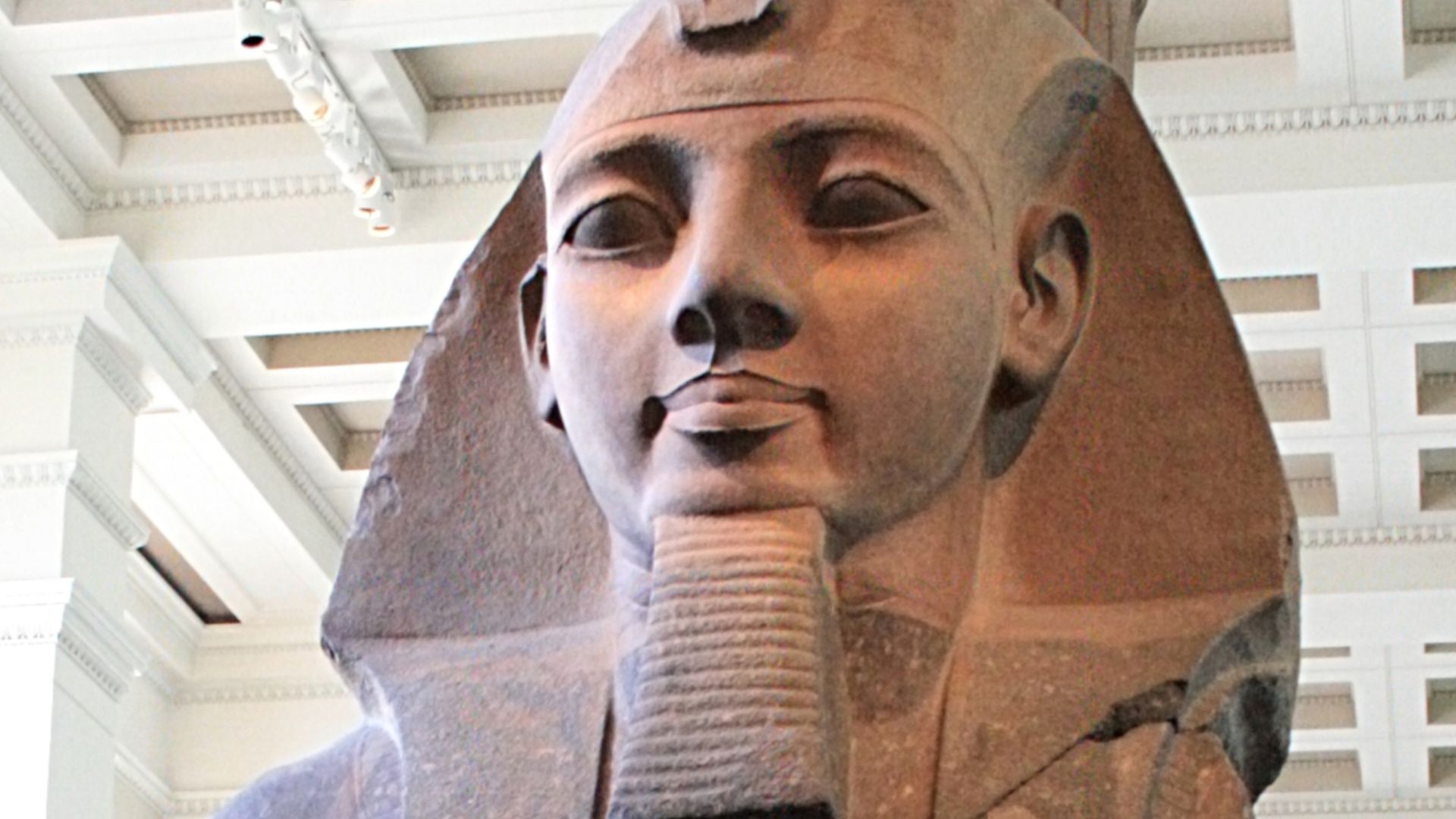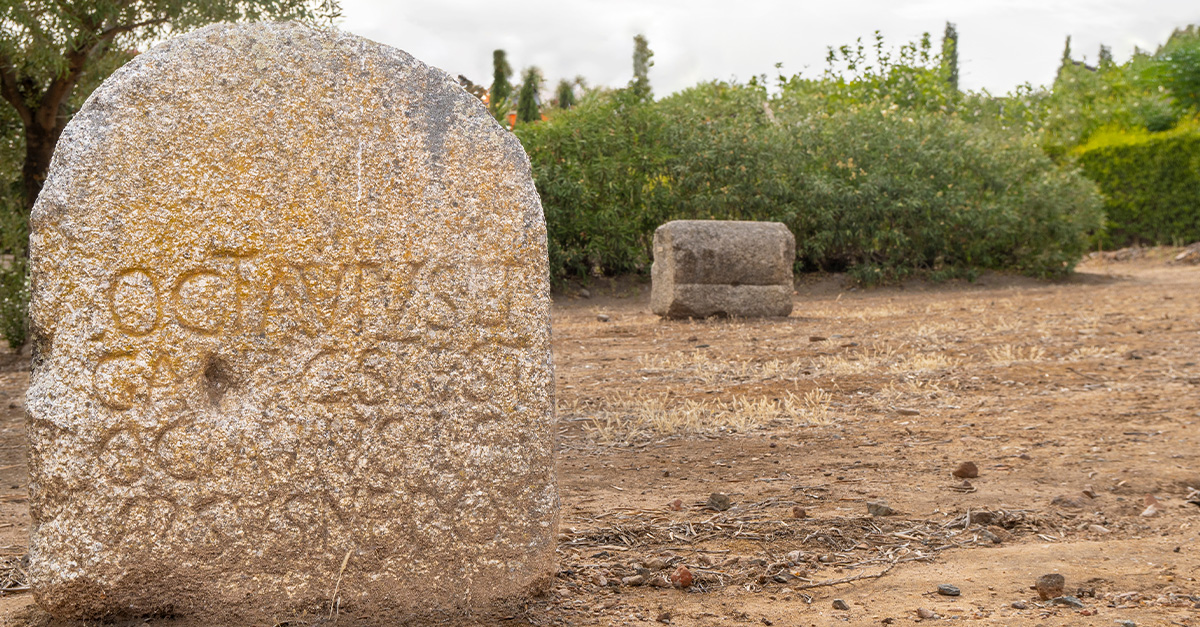The Pharaoh Who Returned After 3,000 Years
Hidden beneath pristine wrappings since around 1504 BCE, Amenhotep I’s face remained unseen until scientists used CT scans to reveal it. The breakthrough offered a hauntingly lifelike portrait of a pharaoh untouched by time, bridging ancient rituals with modern imaging technology.
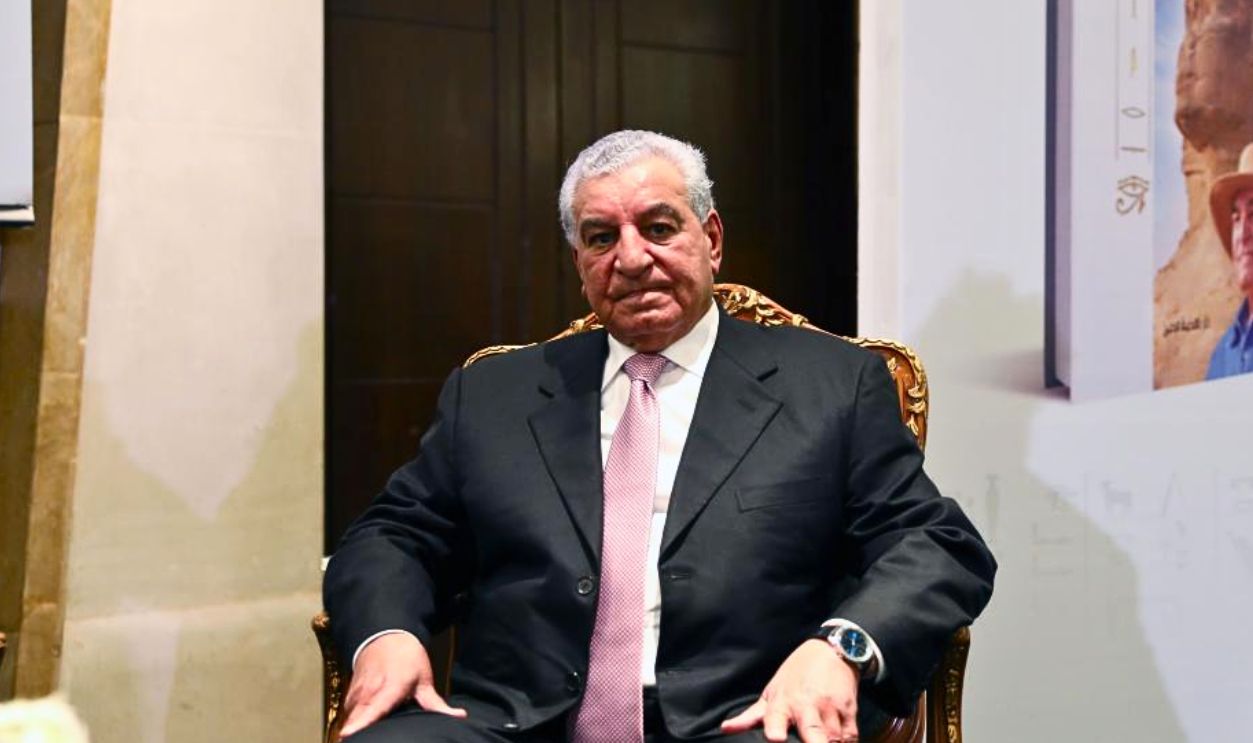
Egypt’s Golden Dawn Of The 18th Dynasty
Amenhotep I ruled during Egypt’s 18th Dynasty, a period of renewal that followed years of foreign domination. Thebes emerged as the heart of spiritual and political life, and Egypt’s restored strength signaled the beginning of a new and prosperous age.
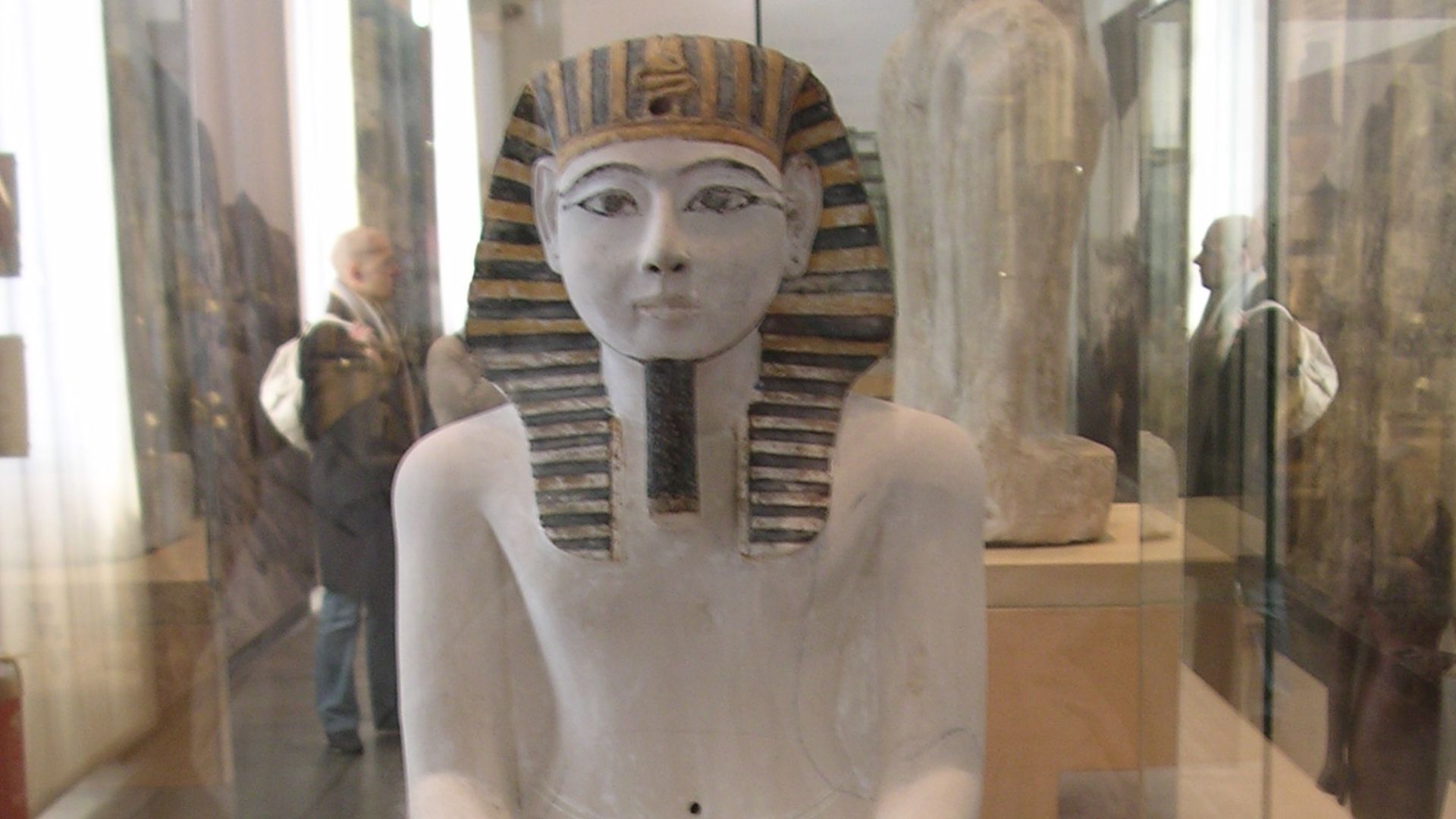 hu:user:Kingtut, Wikimedia Commons
hu:user:Kingtut, Wikimedia Commons
The Legacy Of His Father, Ahmose I
Ahmose I, Amenhotep’s father, expelled the Hyksos and restored Egypt’s borders. His triumph created stability after generations of chaos, leaving his son a thriving kingdom. Amenhotep inherited not war, but the responsibility to preserve Egypt’s renewed strength and sacred traditions.
Amenhotep I: The King And The Builder
Amenhotep I’s rule focused on constructing temples honoring Amun, Egypt’s supreme god. His projects in Thebes showcased precise engineering and deep devotion. These monuments symbolized harmony between divine favor and royal leadership—a defining feature of his reign.
From Pharaoh To God Of The Afterlife
Long after his reign ended, Amenhotep I was worshiped by workers at Deir el-Medina. They saw him as a protector, guiding craftsmen and spirits alike. This devotion turned a once-living ruler into a benevolent deity guarding Egypt’s sacred necropolis.
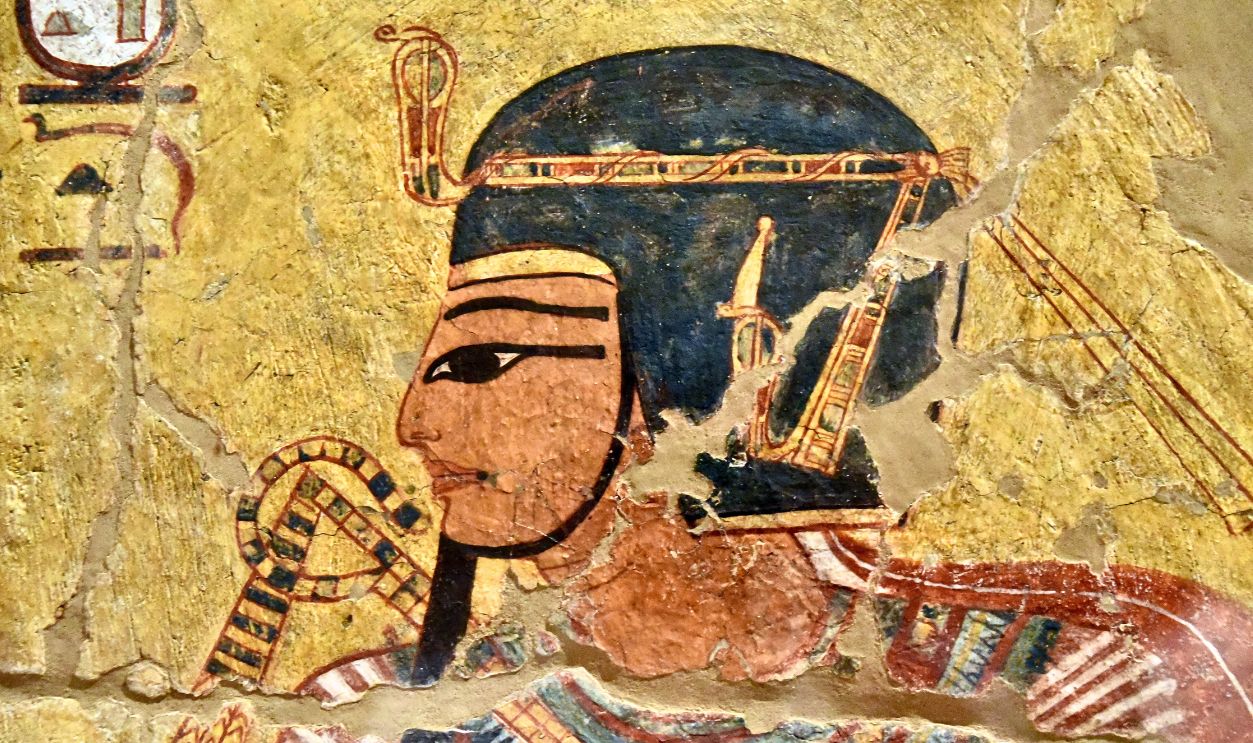 Osama Shukir Muhammed Amin FRCP(Glasg), CC BY-SA 4.0, Wikimedia Commons
Osama Shukir Muhammed Amin FRCP(Glasg), CC BY-SA 4.0, Wikimedia Commons
Preparing For Eternity
Ancient Egyptians believed death transformed life rather than ended it. Pharaohs prepared through elaborate tombs, magical texts, and offerings meant to sustain the soul. Amenhotep I’s burial reflected a culture obsessed with cosmic order and eternal preservation beyond mortal decay.
 Osama Shukir Muhammed Amin FRCP(Glasg), Wikimedia Commons
Osama Shukir Muhammed Amin FRCP(Glasg), Wikimedia Commons
The Art Of Mummification In Amenhotep’s Time
Embalmers in Amenhotep’s era mastered preservation through ritual precision. They cleansed and wrapped the body in layers of linen infused with sacred oils. Every fold carried a prayer for rebirth to ensure that the pharaoh’s flesh remained as the soul’s eternal anchor.
 UnknownUnknown , Wikimedia Commons
UnknownUnknown , Wikimedia Commons
The Lost Tomb Beneath Thebes
Amenhotep I’s original tomb has never been found. Ancient records suggest it lay somewhere near Deir el-Bahari, but looters struck early. Over time, the shifting sands and collapsing cliffs erased nearly all traces of his first resting place.
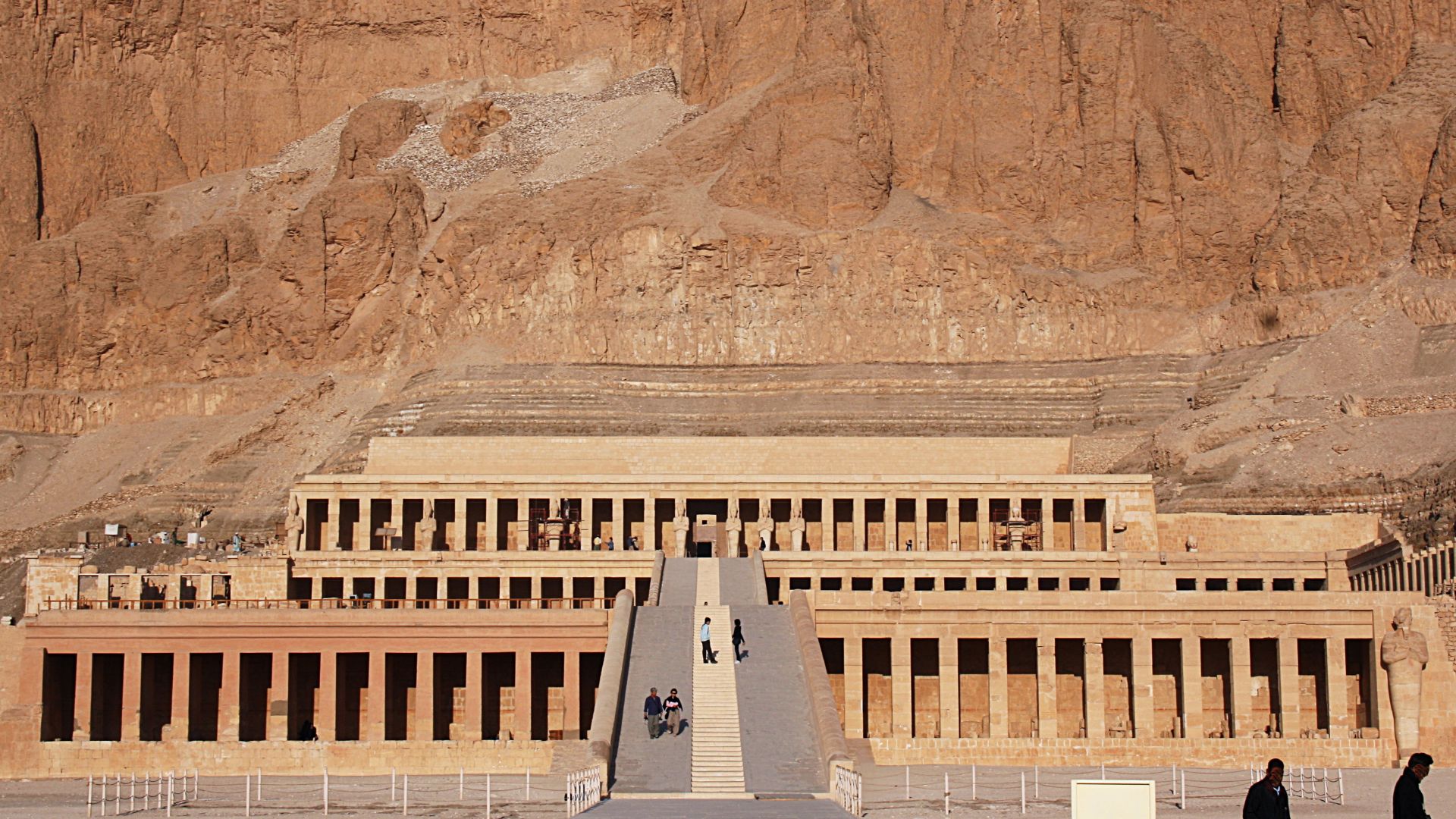 Hedwig Storch, Wikimedia Commons
Hedwig Storch, Wikimedia Commons
Priests Who Saved The Royal Dead
Centuries after Amenhotep’s burial, Egypt’s priests faced rampant tomb robberies. To protect royal mummies, they secretly moved them to hidden caches, carefully rewrapping and labeling each. Their efforts preserved dozens of kings, including Amenhotep I, from total destruction.
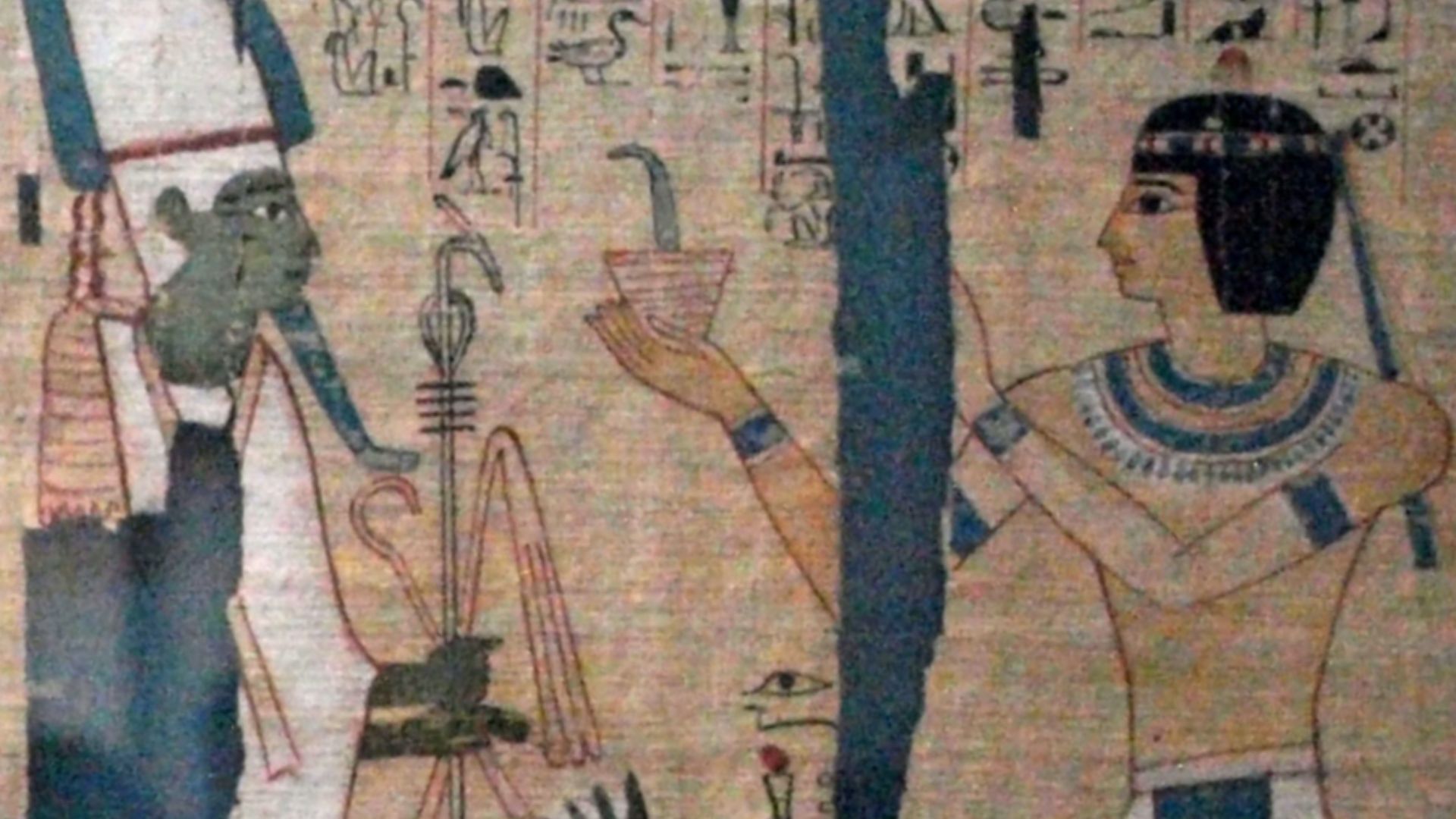 PinedjemIIBookOfTheDead-BritishMuseum-August21-08.jpg: User:Captmondo, Wikimedia Commons
PinedjemIIBookOfTheDead-BritishMuseum-August21-08.jpg: User:Captmondo, Wikimedia Commons
The Secret Of Deir El-Bahari
In the 21st Dynasty, priests placed the rescued mummies deep within a cliffside tomb at Deir el-Bahari. Sealed and disguised, the cache became a silent vault of pharaohs—waiting unnoticed for almost 3,000 years beneath the western desert cliffs.
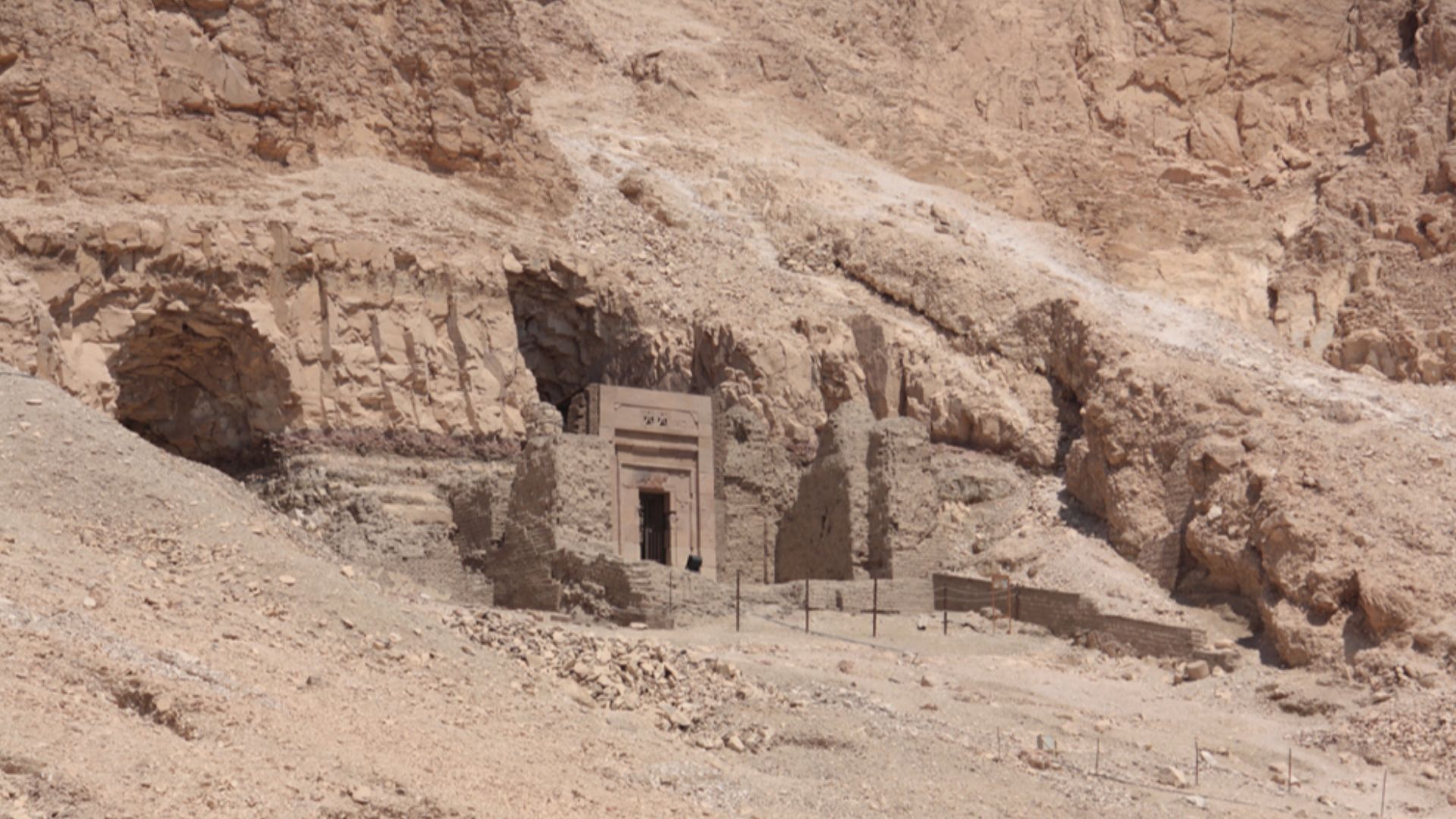 Edal Anton Lefterov, Wikimedia Commons
Edal Anton Lefterov, Wikimedia Commons
The 1881 Discovery That Shook Egyptology
In 1881, Egyptian officials uncovered the Deir el-Bahari cache containing over 50 royal mummies with intact wrappings. Among them lay Amenhotep I—his garlands fresh and his mask gleaming—astonishing archaeologists with unmatched preservation. It became one of the most remarkable finds of the century.
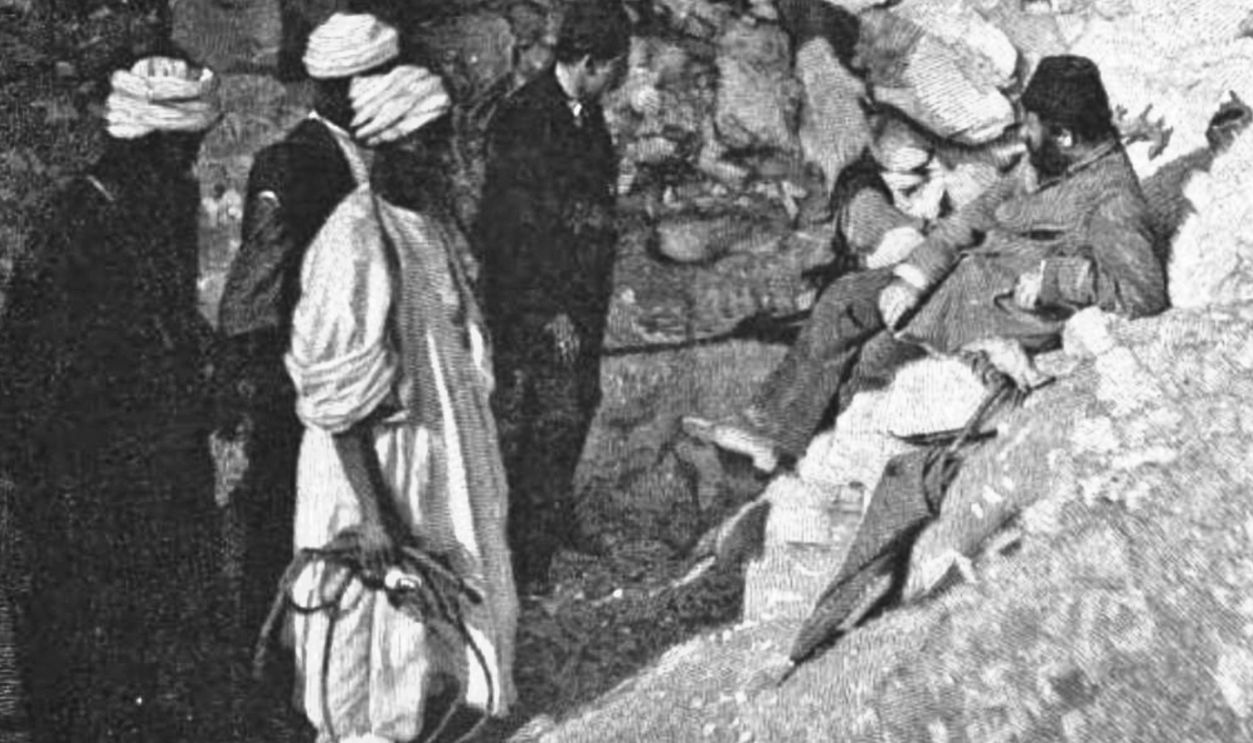 Edward Livingston Wilson, Wikimedia Commons
Edward Livingston Wilson, Wikimedia Commons
The Mummy Too Perfect To Unwrap
Unlike other mummies examined in the 19th century, Amenhotep I’s remained untouched. His wrappings and funerary mask were flawless, which prompted curators to refuse unwrapping. The mummy became a symbol of restraint—an artifact too sacred and beautiful to disturb.
Early Attempts To See Beneath The Linen
Before digital imaging, Egyptologists turned to X-rays to peek through Amenhotep’s bandages. These early scans offered rough outlines of bones and jewelry, but no detail. Technology promised more, yet the tools of the time could only hint at mysteries inside.
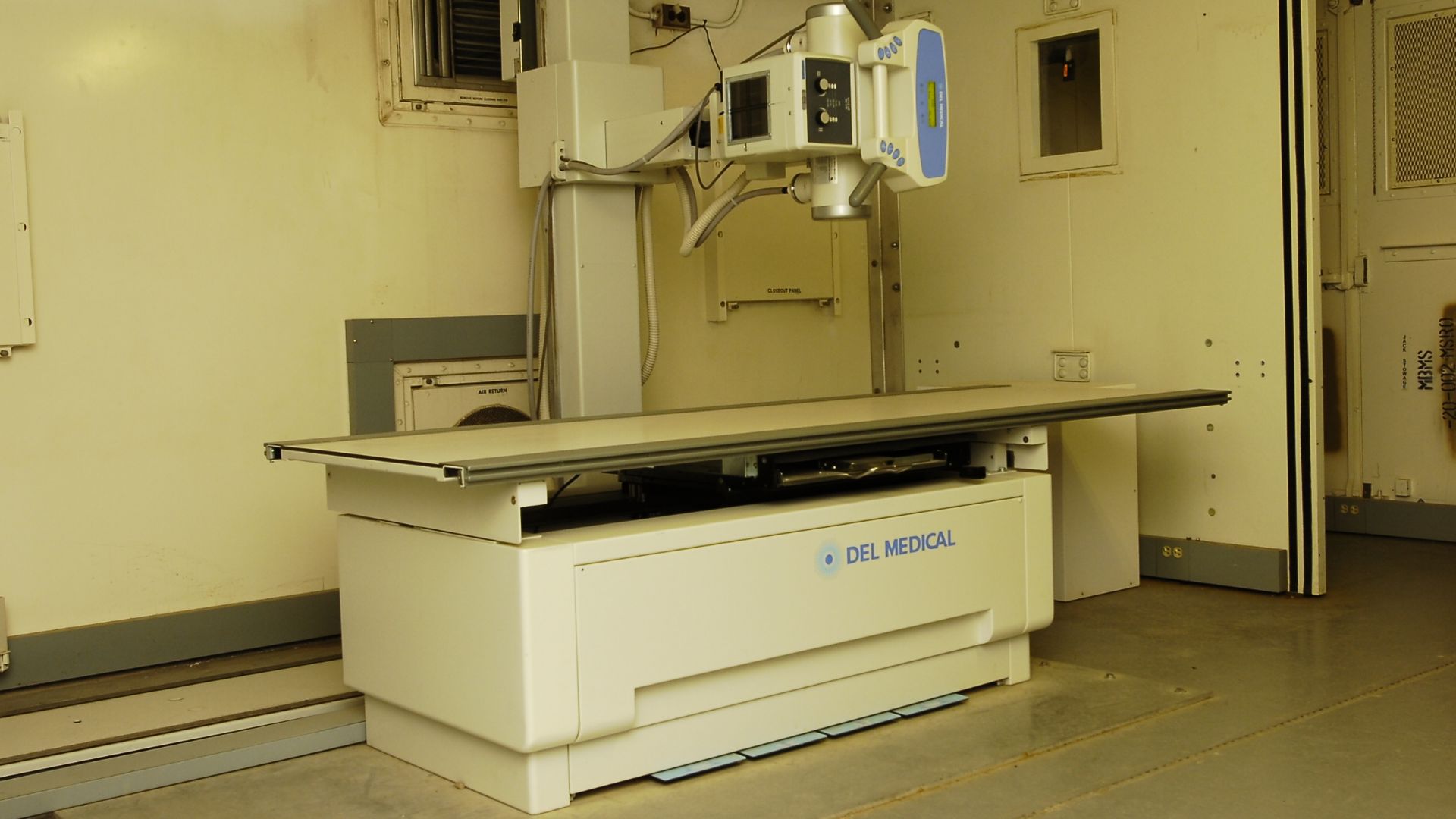 Joseph Scozzari, Wikimedia Commons
Joseph Scozzari, Wikimedia Commons
From X-Rays To CT Scans
Decades later, advances in computed tomography transformed mummy research. CT scans built thousands of cross-sectional images into 3D models to reveal what lay beneath without a single touch. For Amenhotep I, this meant his secrets could finally emerge intact and undisturbed.
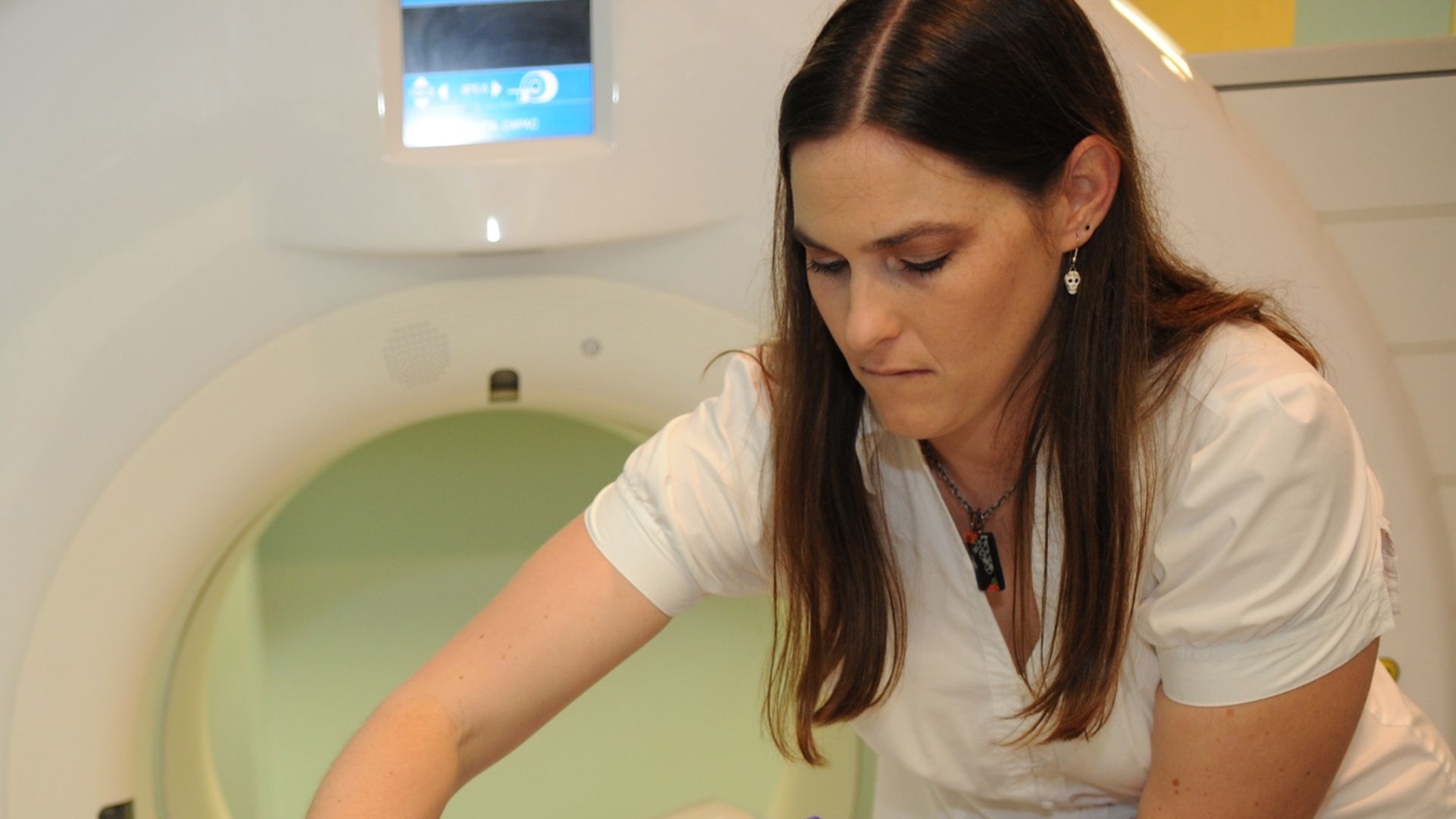 U.S. Navy photo by Mass Communication Specialist 3rd Class Samantha A. Lewis, Wikimedia Commons
U.S. Navy photo by Mass Communication Specialist 3rd Class Samantha A. Lewis, Wikimedia Commons
Inside The CT Scanning Room
In 2019, with results published in 2021, Egyptian scientists placed Amenhotep I’s mummy into a CT scanner at Cairo’s museum. The process captured thousands of high-resolution slices, each layer revealing details hidden since antiquity—bones, amulets, and jewelry still perfectly arranged inside the wrappings.
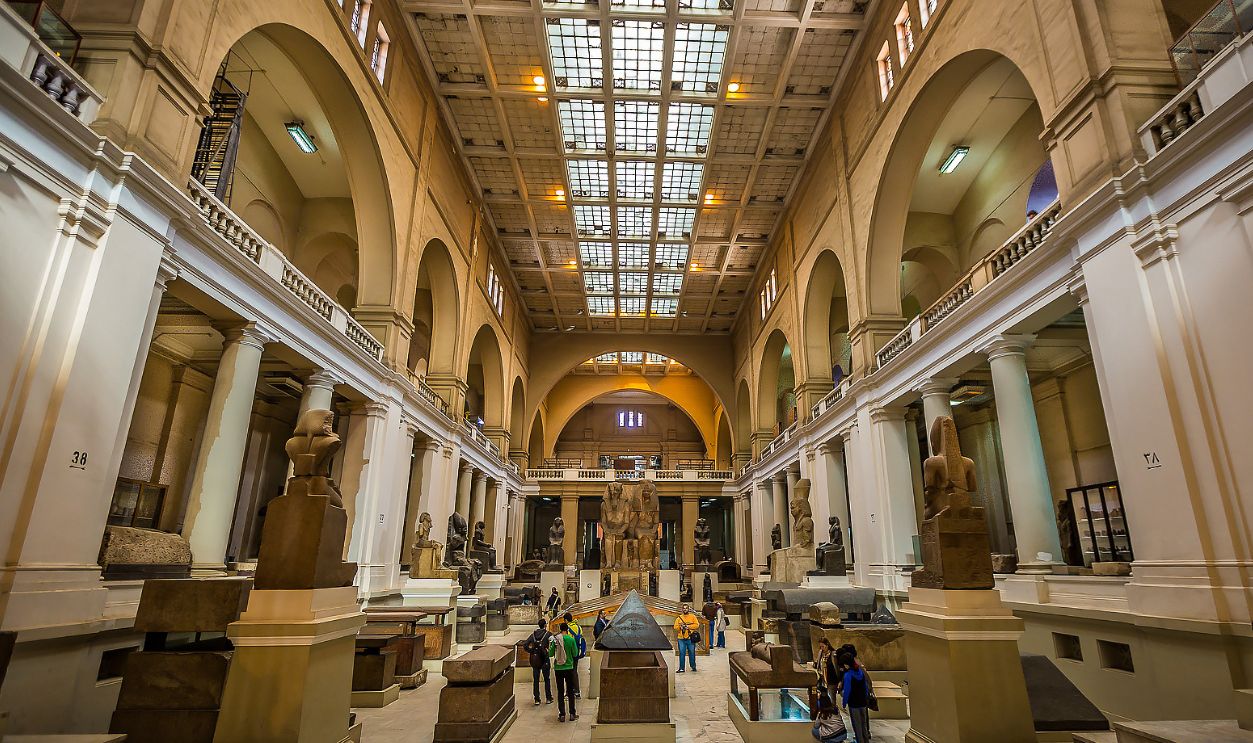 Wael Mostafa, CC BY-SA 4.0, Wikimedia Commons
Wael Mostafa, CC BY-SA 4.0, Wikimedia Commons
How Digital Unwrapping Works
CT imaging allowed researchers to peel away each linen layer virtually. Using 3D reconstruction software, they rotated and isolated objects to examine every amulet and bone digitally. This “virtual unwrapping” gave scientists unprecedented access while leaving the mummy completely untouched.
A Pharaoh’s Face Reappears
When layers were digitally removed, Amenhotep I’s facial structure emerged—a delicate nose, youthful jawline, and symmetrical features strikingly similar to his father’s. For the first time, the world could see the face that ruled Egypt over three millennia ago.
 Marco Chemello (WMIT), Wikimedia Commons
Marco Chemello (WMIT), Wikimedia Commons
Evidence Of A Peaceful Death
Scans revealed no fractures or wounds, suggesting Amenhotep I likely died in his mid-thirties of natural causes. His skeleton showed no signs of disease or injury. Even in death, the pharaoh’s body reflected the care and health of a royal life.
Jewels Hidden Beneath The Linen
Researchers found 30 amulets placed within the wrappings, each carved from gold, quartz, and faience. Additionally, a golden girdle with beads lay around his lower body, untouched since the day of entombment.
 Thanatosimii~commonswiki, Wikimedia Commons
Thanatosimii~commonswiki, Wikimedia Commons
Priests Who Repaired His Body
CT scans uncovered signs of careful restoration. Ancient priests had rewrapped Amenhotep’s body centuries after his burial by replacing damaged linens and securing loose amulets. Their careful restoration kept his dignity intact and made the reburial an act of respect rather than concealment.
Comparing Amenhotep I To Other Pharaohs
Unlike Ramses II or Tutankhamun, Amenhotep I’s mummy remains sealed and pristine. His digital reconstruction showed that technology can expose royal secrets without disturbance, preserving both scientific value and the sacred integrity of Egypt’s ancient dead.
Lessons About Ancient Embalming
Amenhotep I’s scans revealed refined embalming unseen before—organs removed with precision, heart preserved for the afterlife, and resin-packed cavities ensuring lifelike form. These findings enhanced scholars’ understanding of New Kingdom mummification.
Egyptian Scientists Leading The Way
For decades, Western teams dominated Egyptology. This time, the discovery was fully Egyptian-led. Dr. Sahar Saleem and Dr. Zahi Hawass directed the study, symbolizing a proud shift—Egyptians reclaiming the study of their ancestors through advanced homegrown expertise and technology.
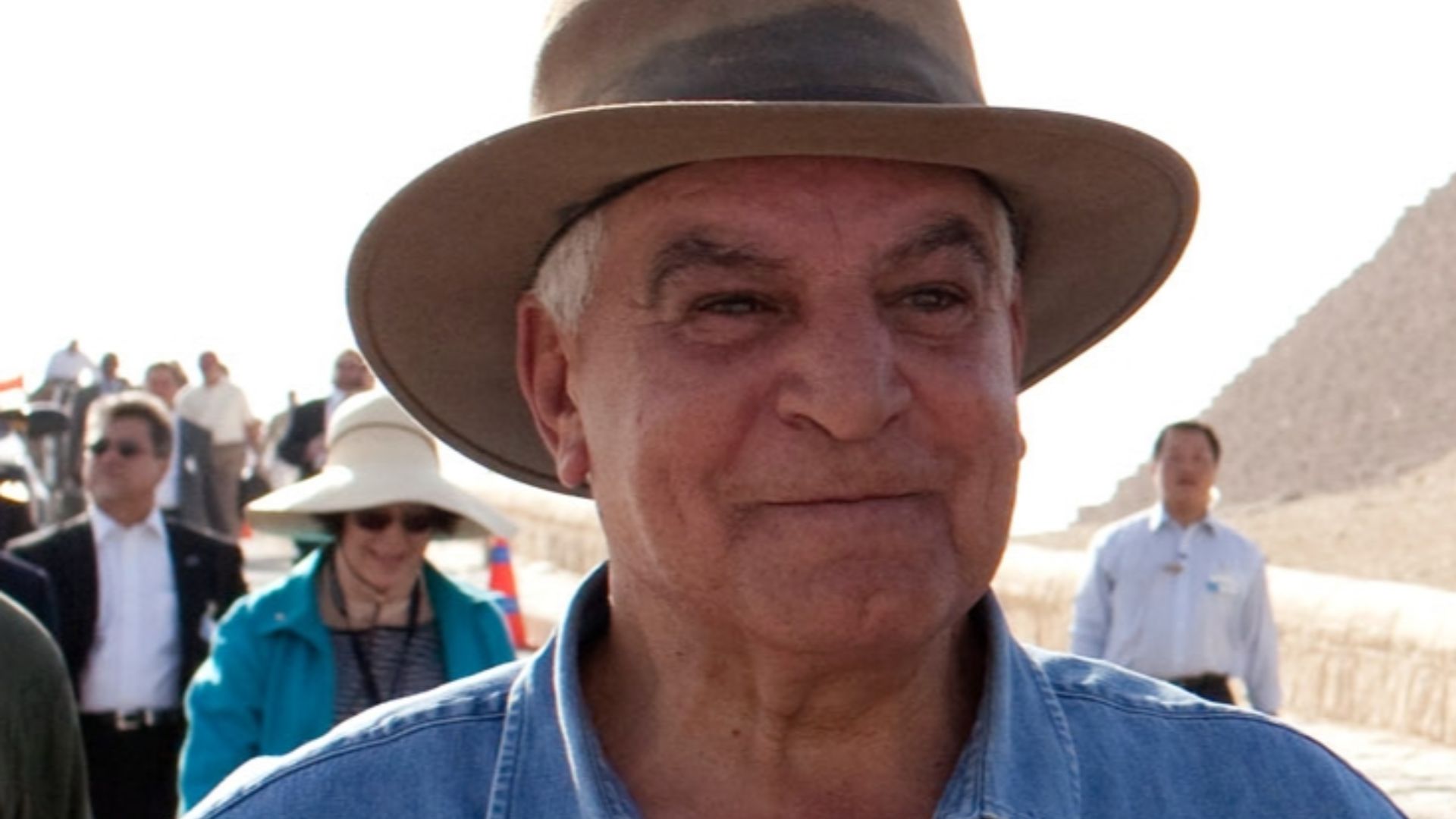 The Official White House Photo Stream, Wikimedia Commons
The Official White House Photo Stream, Wikimedia Commons
The World Reacts To The Revelation
When Amenhotep I’s reconstructed face was shown, news outlets around the world covered the story. Many viewers said it felt like meeting an ancient ruler. The discovery showed how modern technology can bring Egypt’s distant past closer without damaging its treasures.
Redefining The Future Of Egyptology
Amenhotep I’s unveiling did more than reveal a face—it symbolized how history and innovation can meet without conflict. His image became proof that ancient lives still shape modern understanding, reminding the world that discovery is humanity’s truest link to eternity.
 Unknown artistUnknown artist, Wikimedia Commons
Unknown artistUnknown artist, Wikimedia Commons

